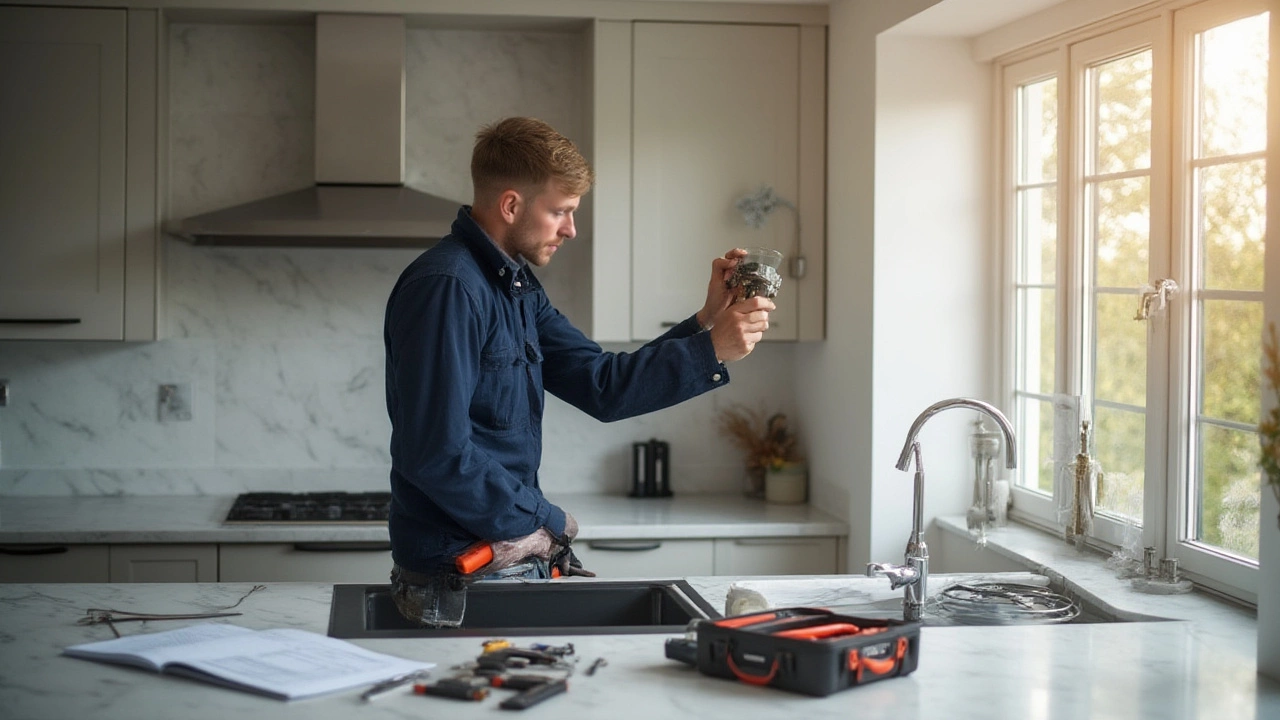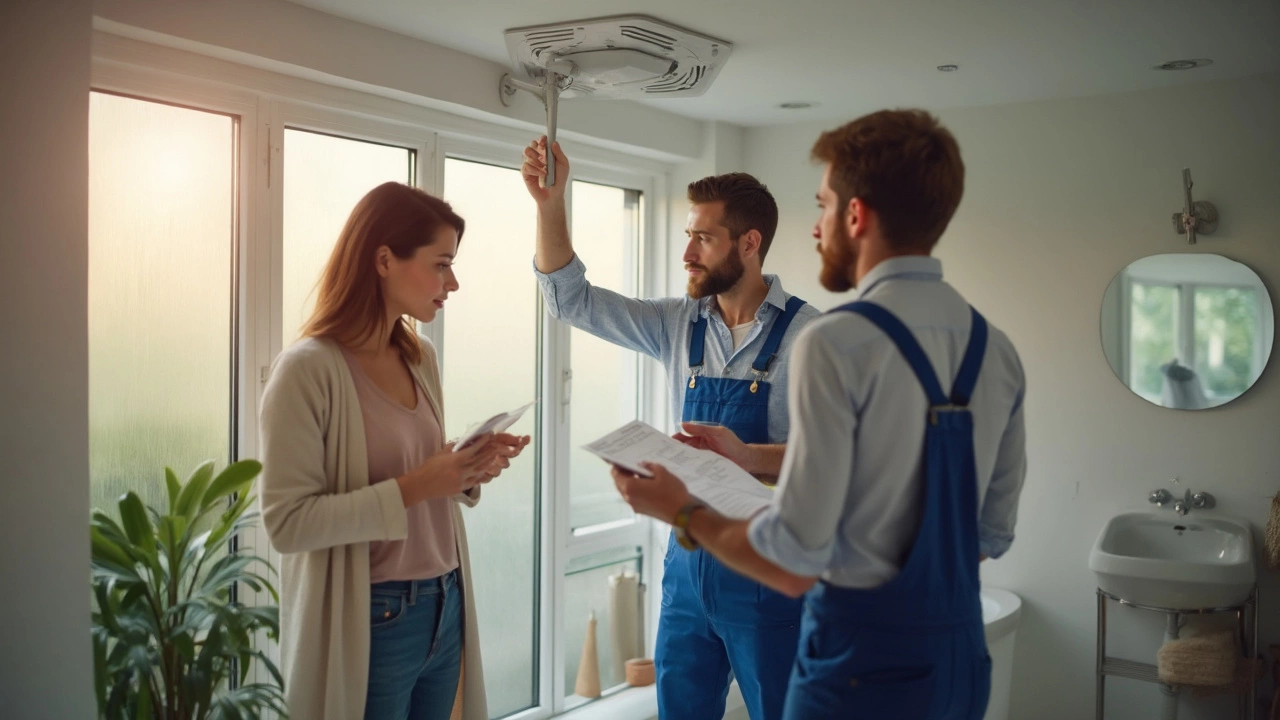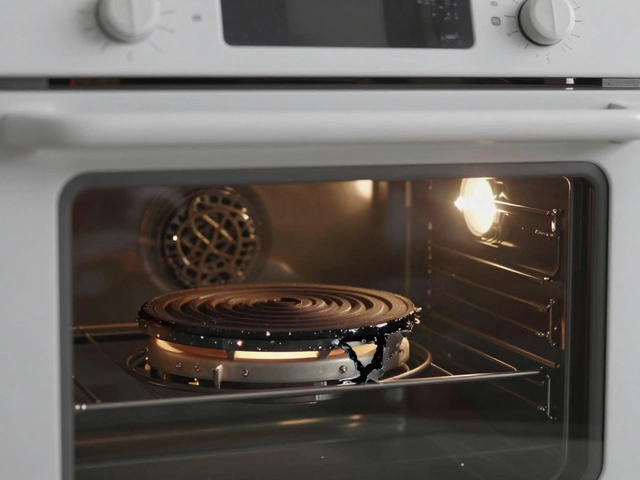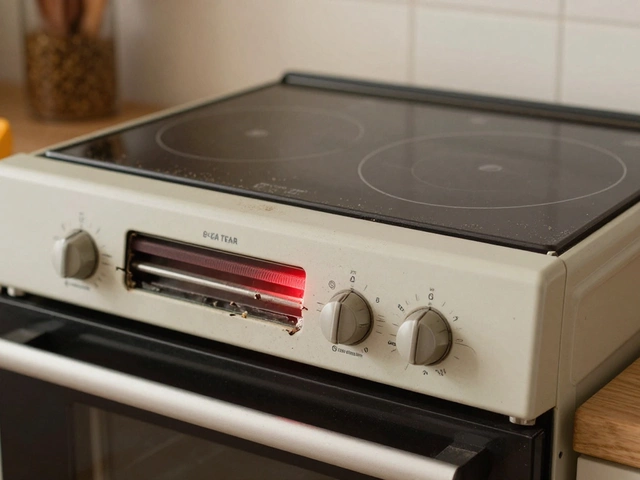Extractor Fan Installation
When working with Extractor fan installation, the process of securely mounting a fan to vent steam, smoke and odors from a kitchen or bathroom. Also known as vent fan fitting, it helps keep indoor air fresh and prevents moisture damage.
Extractor fan installation might look simple, but a solid plan saves time, money and headaches. The first decision is the type of fan you need. Extractor fan, a mechanical device that pulls moist air out of a space comes in two main styles: axial fans, which are cheap and easy to fit, and centrifugal fans, which push air further through longer ducts and are quieter at higher pressures. Knowing the airflow rating—measured in CFM (cubic feet per minute)—is crucial because an undersized fan will struggle, while an oversized unit wastes energy.
What you need to know before installing
Good kitchen ventilation, the system that moves stale or contaminated air away from cooking areas does more than hide smells. Proper ventilation reduces grease deposits on cabinets, lowers humidity that can warp wood, and cuts the risk of mold. In the UK, building regulations, legal standards that dictate safety and performance for home installations (Part F) set minimum CFM values based on kitchen size and require noise levels below 30 dB for residential spaces. Checking the local code early avoids re‑work later.
Next, inspect the vent duct, the channel that carries extracted air to the outside. A clean, well‑sealed duct maintains airflow and keeps the fan from humming loudly. Look for bends that exceed 45 degrees; each bend adds resistance and can force you to pick a higher‑CFM centrifugal fan. Use foil‑tape or UL‑rated duct seal to close seams—regular PVC tape can melt under heat.
Tools and safety gear are the next checklist items. You’ll need a cordless drill, a set of Phillips and flat‑head screwdrivers, a level, a tape measure, and a wire stripper. Wear safety glasses and a dust mask when cutting or sanding duct material. If the fan is hard‑wired, the job must be done by a qualified electrician or a ventilation specialist who holds a valid Part P registration. Improper wiring not only violates the regulations but also creates fire and shock hazards.
Installation steps break down into three phases: positioning, ducting, and wiring. First, locate the wall or roof opening that offers the shortest, straight path to the outside. Mark the fan’s mounting brackets, drill pilot holes, and secure the housing with the supplied screws. Use a spirit level to ensure the fan sits perfectly horizontal—tilt can cause uneven wear on the bearings.
Second, cut the vent duct to length, fit it into the fan’s outlet, and seal every joint. If you run the duct through a ceiling cavity, add a fire‑proof collar where it penetrates the ceiling to meet fire safety rules. Finally, connect the fan’s power cable to a dedicated 13‑amp fused spur, following the wiring diagram. Attach earth, neutral, and live wires correctly, and double‑check with a voltage tester before powering up.
Once the fan runs, do a quick performance test. Turn it on and feel the airflow at the grille; you should sense a steady breeze without rattling. Measure noise level with a smartphone app—if it’s louder than the kitchen chatter, re‑check the duct for kinks or loose parts. A correctly installed fan will operate smoothly, stay below the noise ceiling, and meet the required CFM.
Maintenance is the secret to long‑term success. Every six months, remove the grille, vacuum dust, and wipe the fan blades with a damp cloth. Inspect the duct for dust buildup or animal nests, especially if the outlet is near a roof vent. Keeping the system clean preserves airflow, reduces energy consumption, and extends the fan’s lifespan to 10‑15 years.
Below you’ll find a curated set of articles that walk through everything from picking the right fan size to meeting UK code, troubleshooting common problems, and deciding when to call a pro. Dive in to get the step‑by‑step guidance you need for a hassle‑free fit and long‑lasting ventilation performance.
Thinking about getting an extractor fan fitted or fixed? Picking the right person for the job isn’t always obvious. From electricians to general handymen, this article shows exactly who you can trust to install or repair extractor fans. Expect real-world tips, insider facts, and plenty of details on safety, rules, and what usually goes wrong. Fixing that noisy or useless bathroom fan starts right here.



